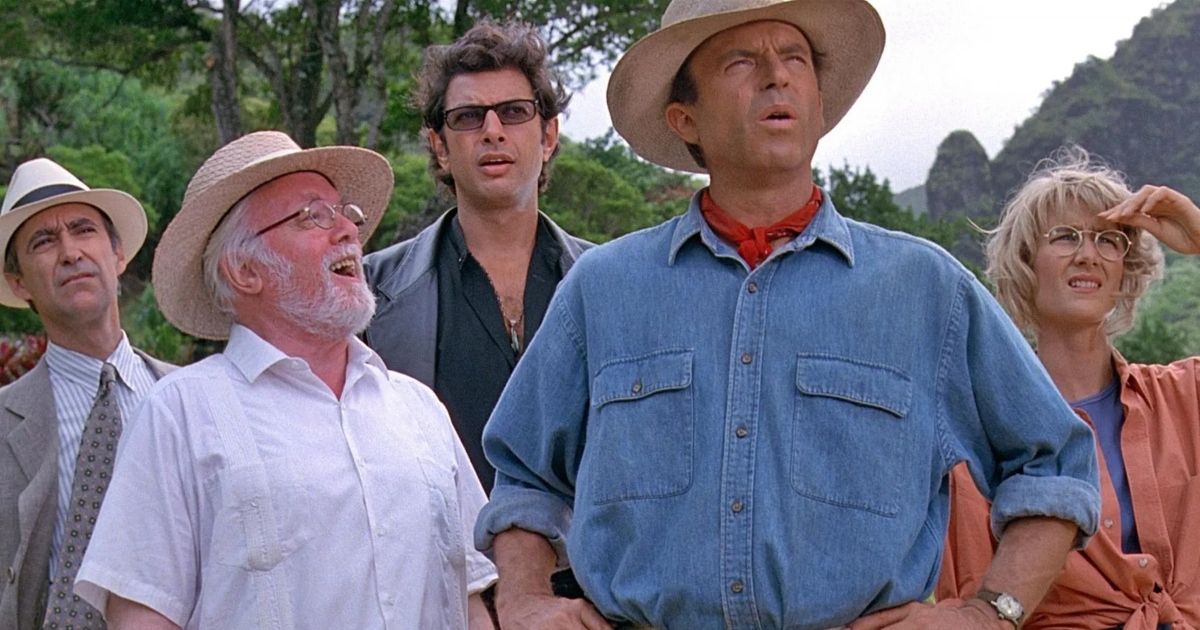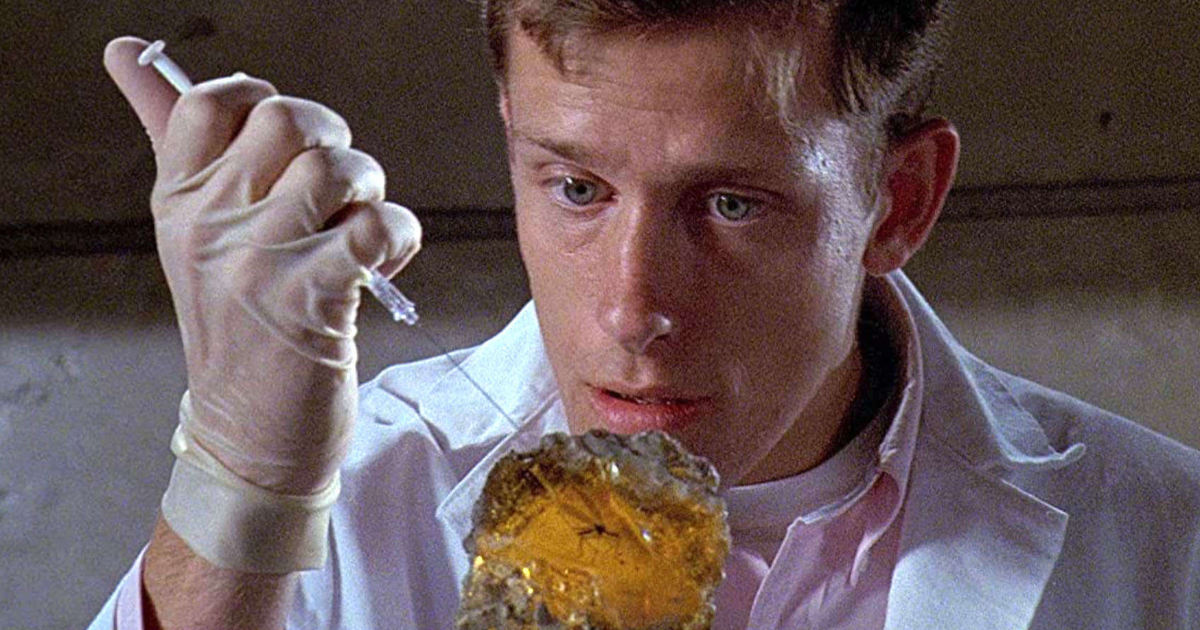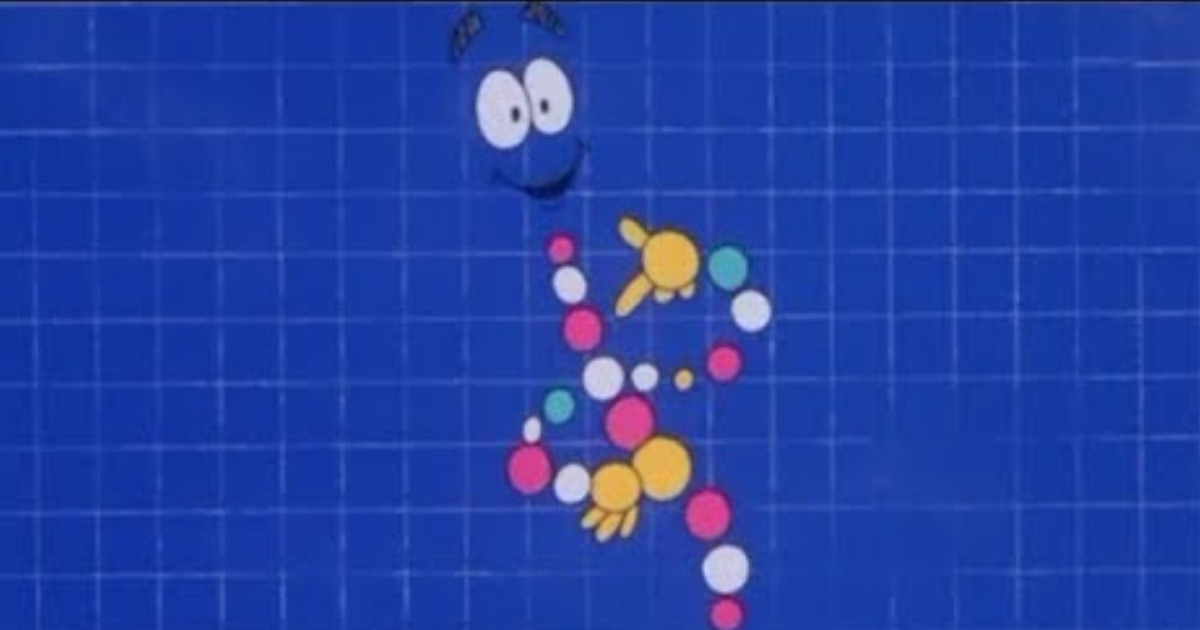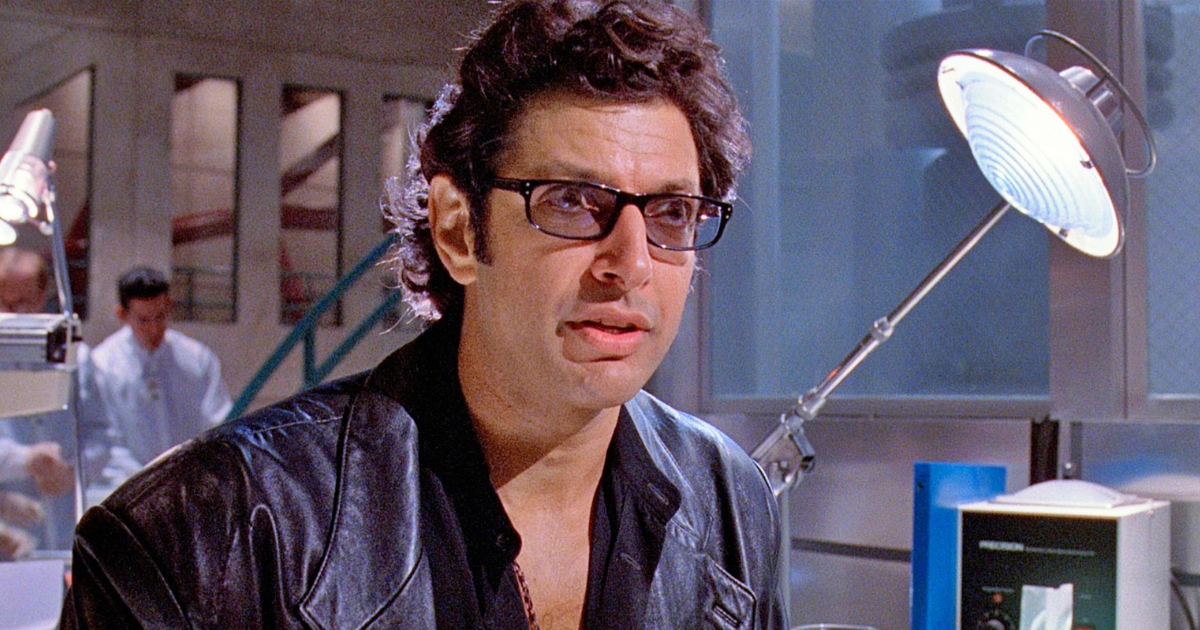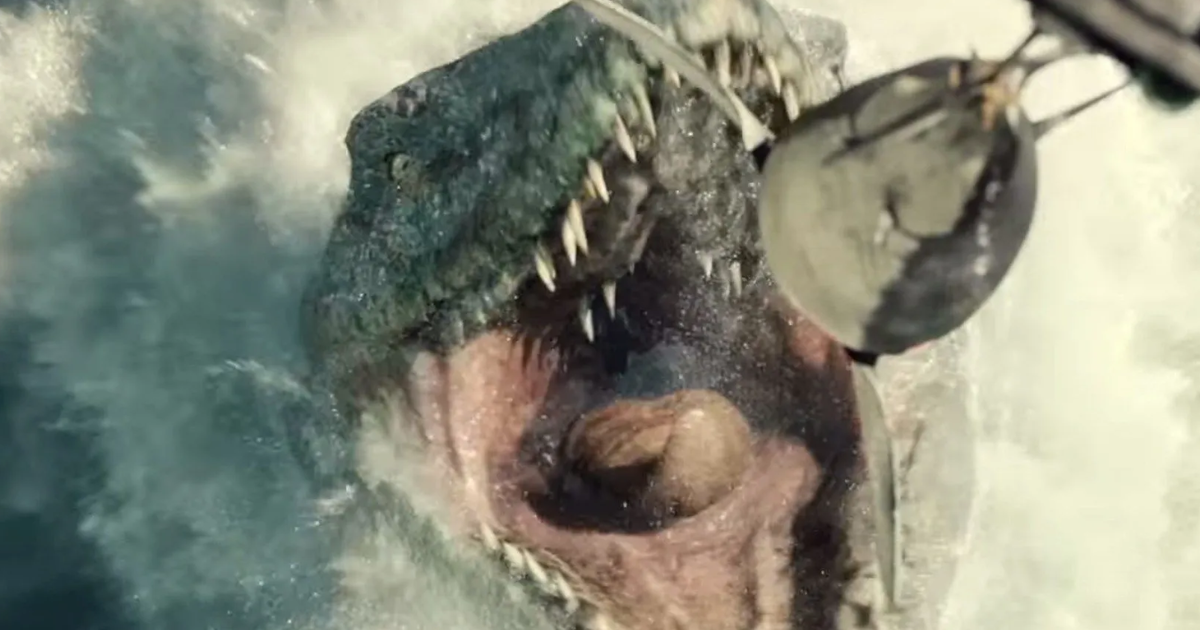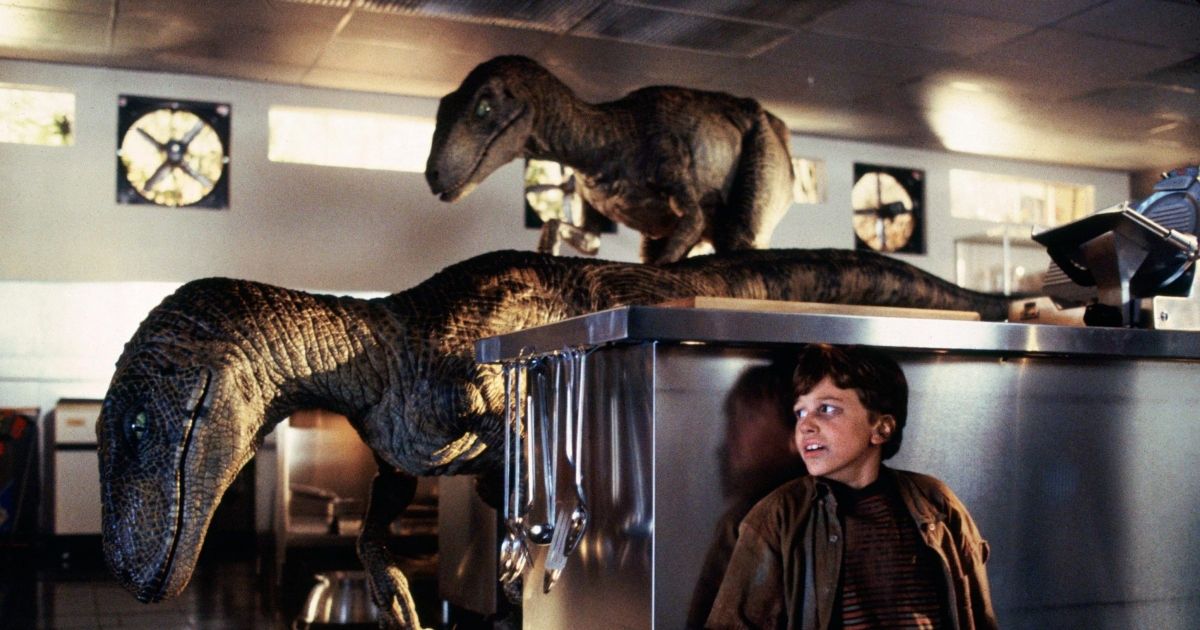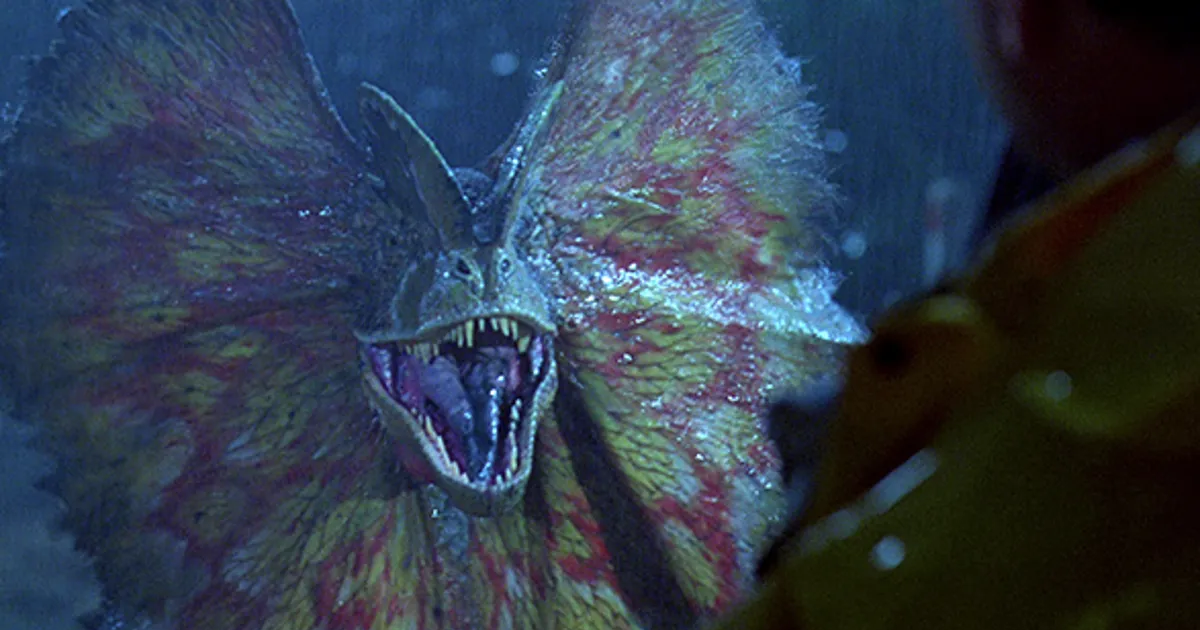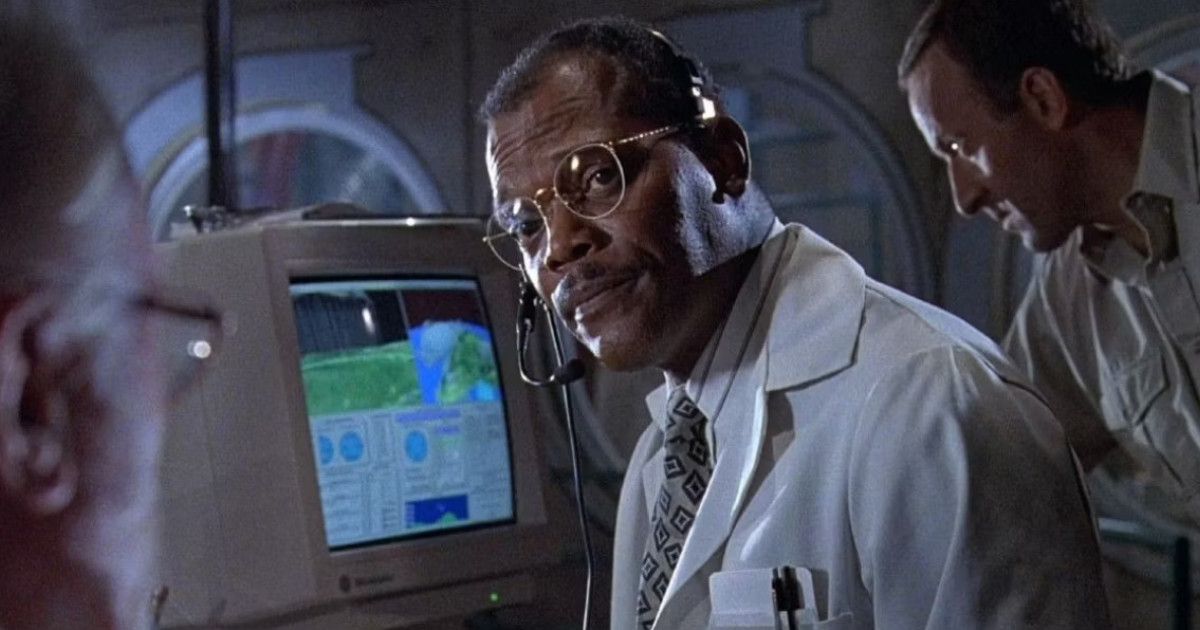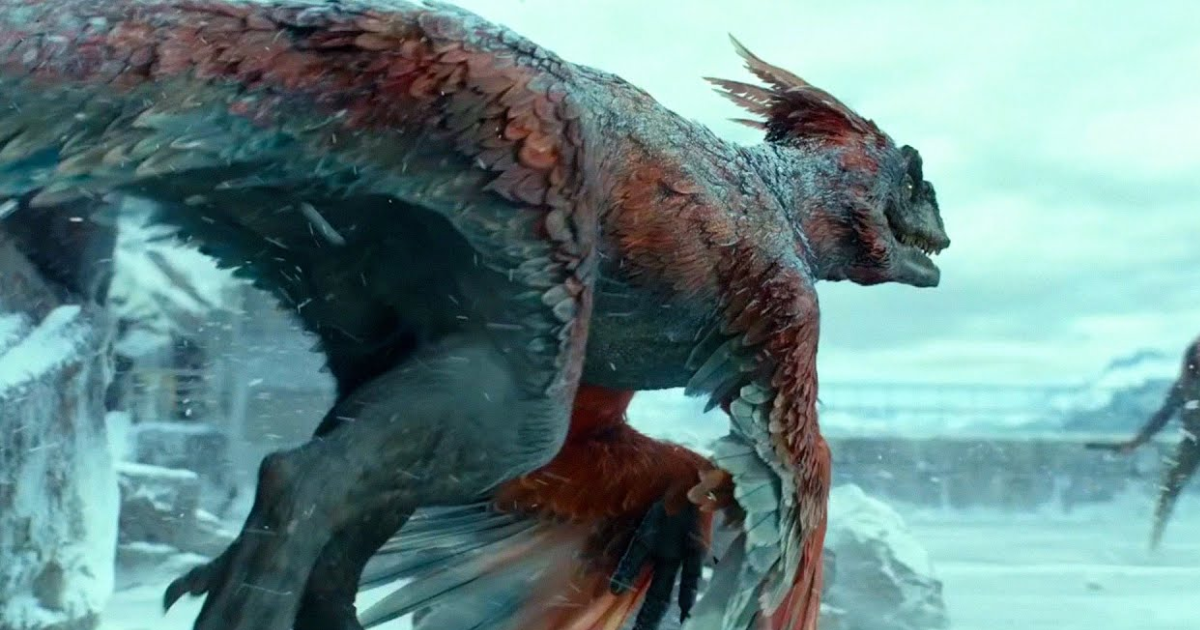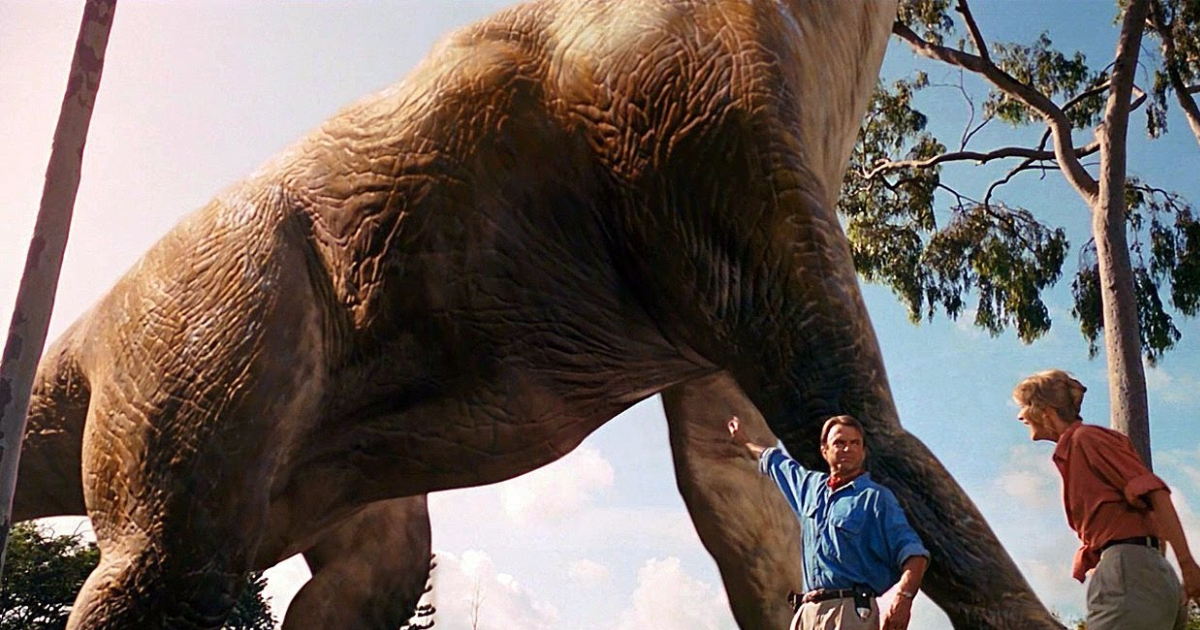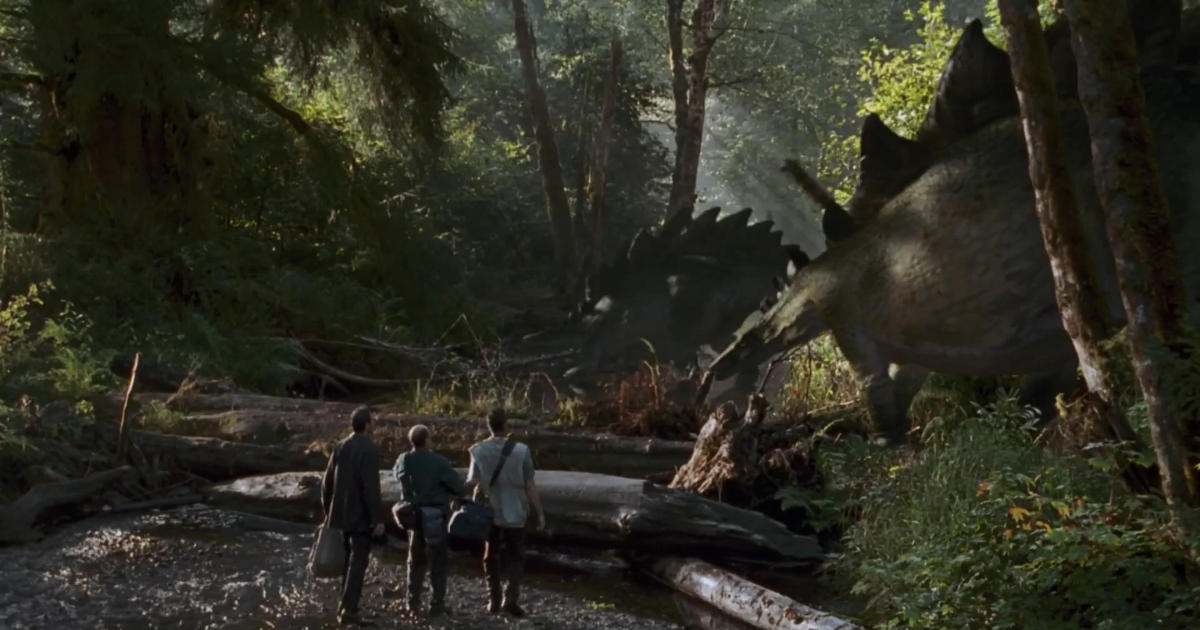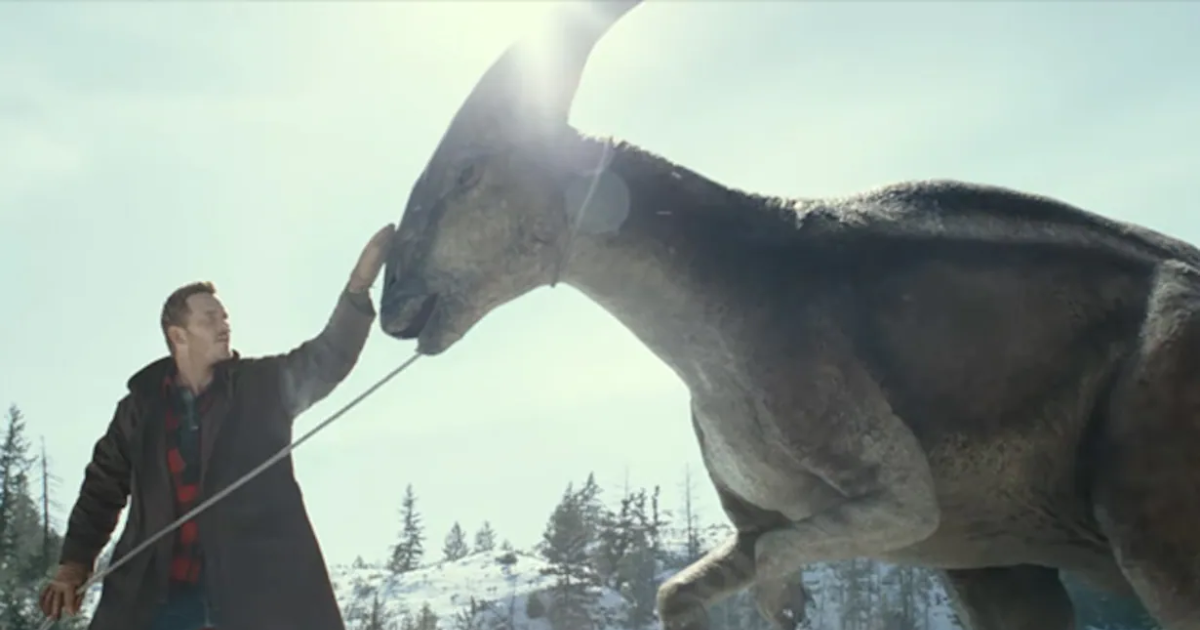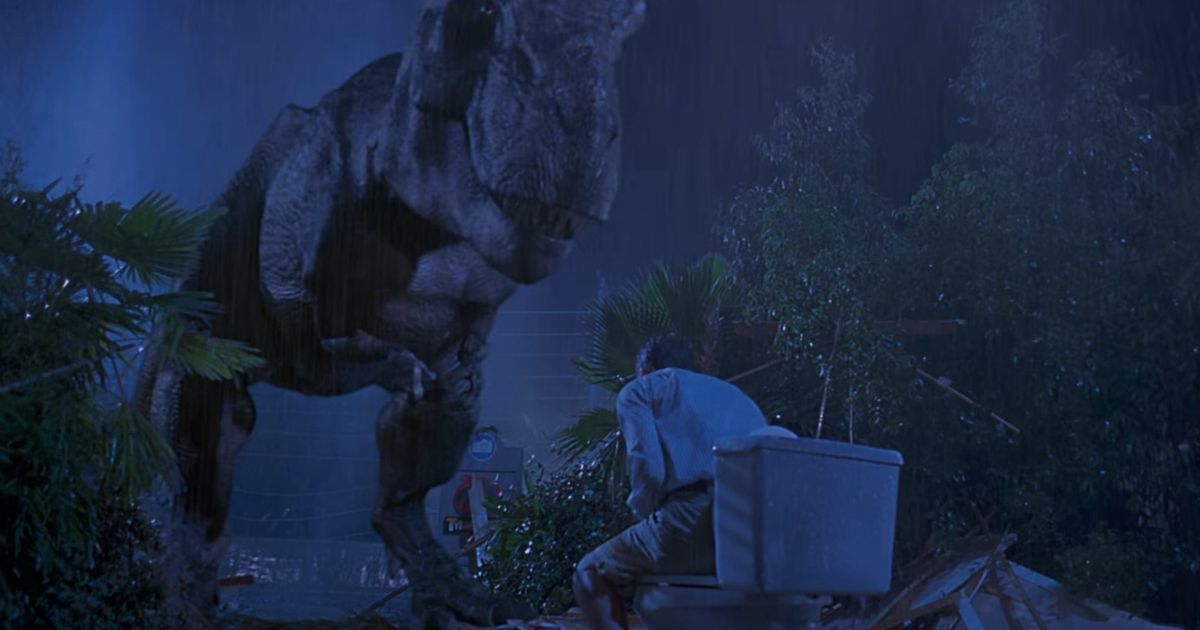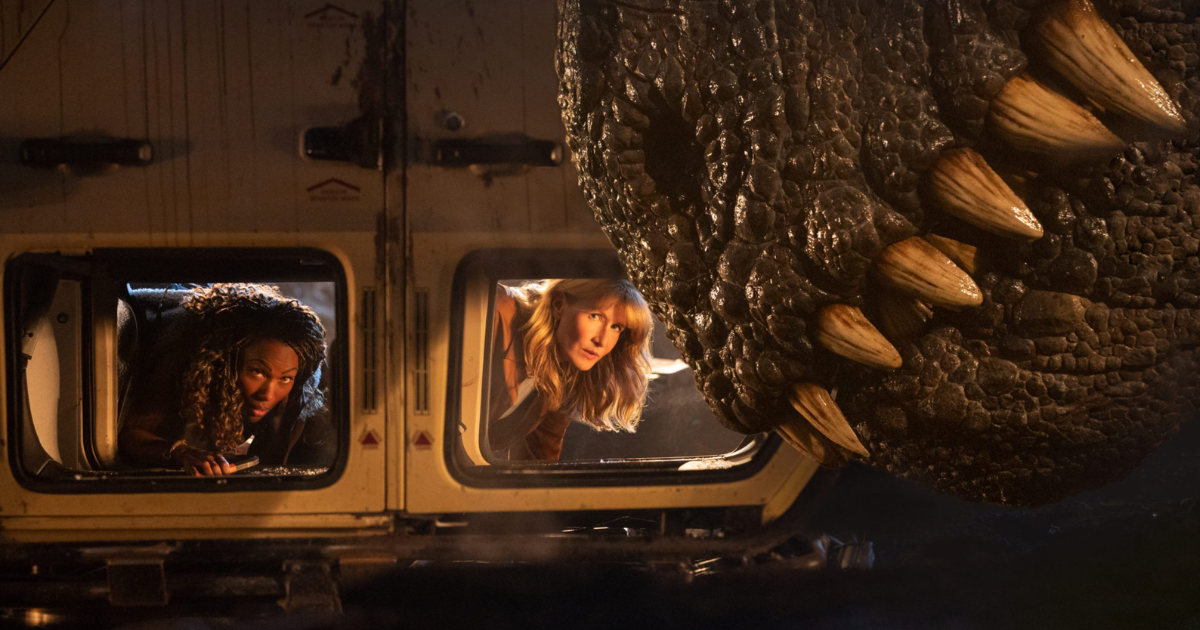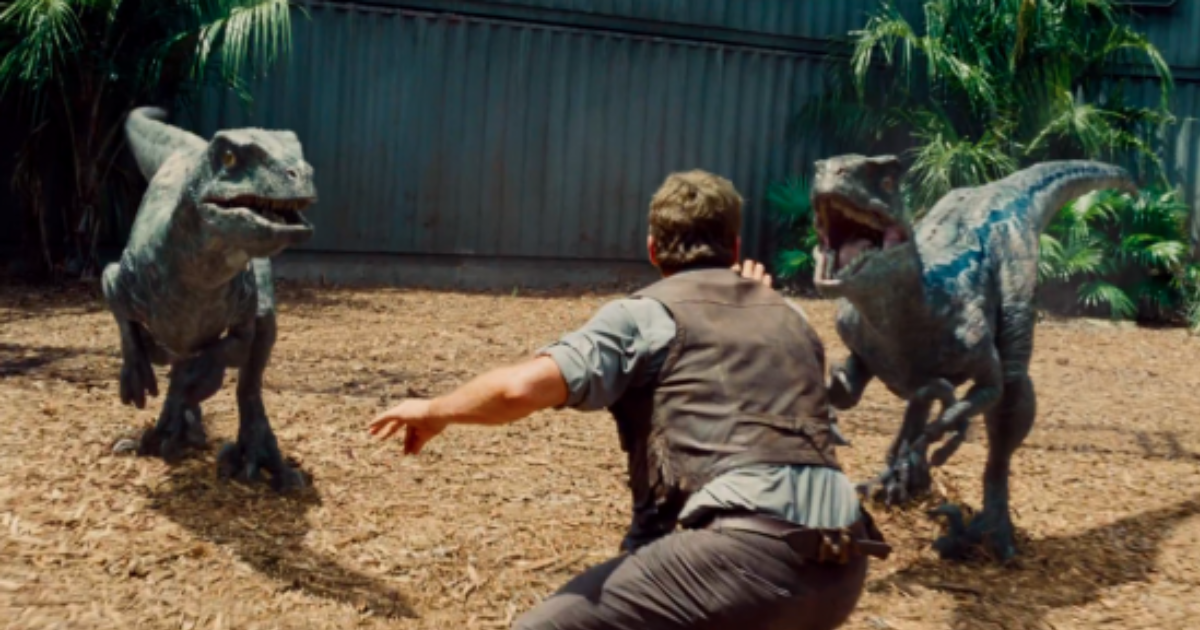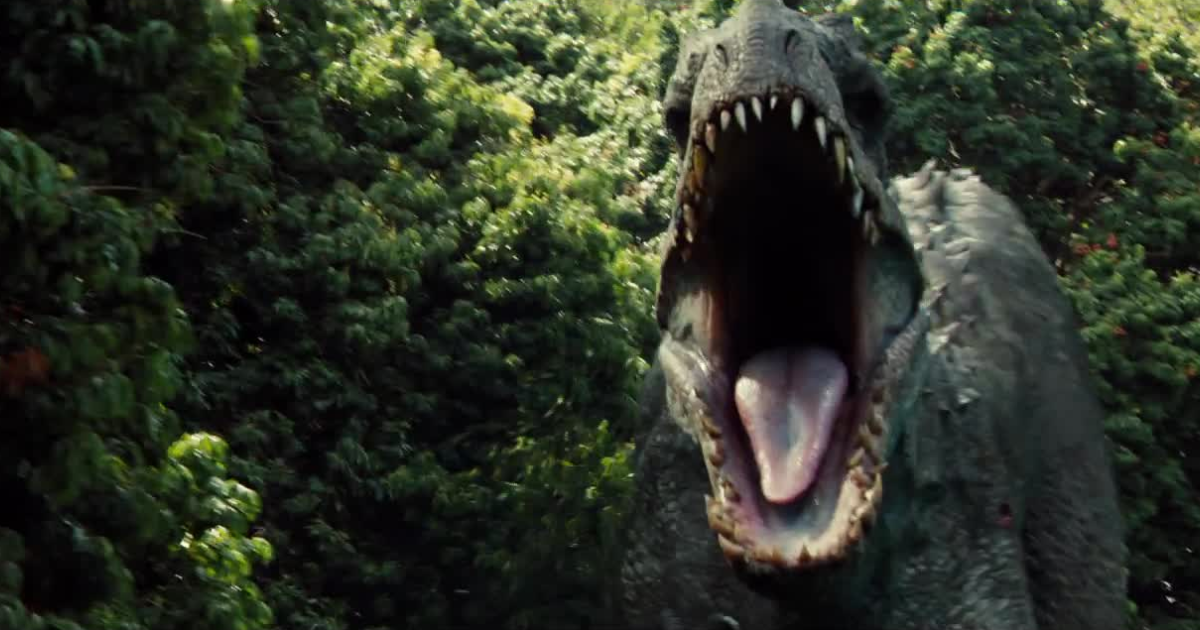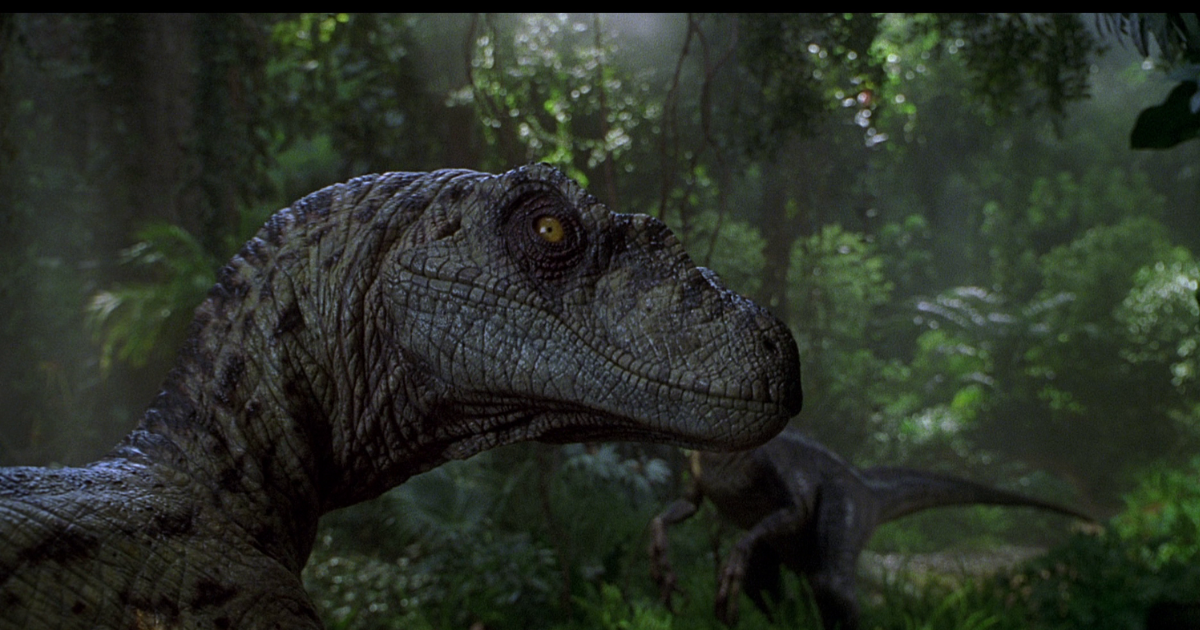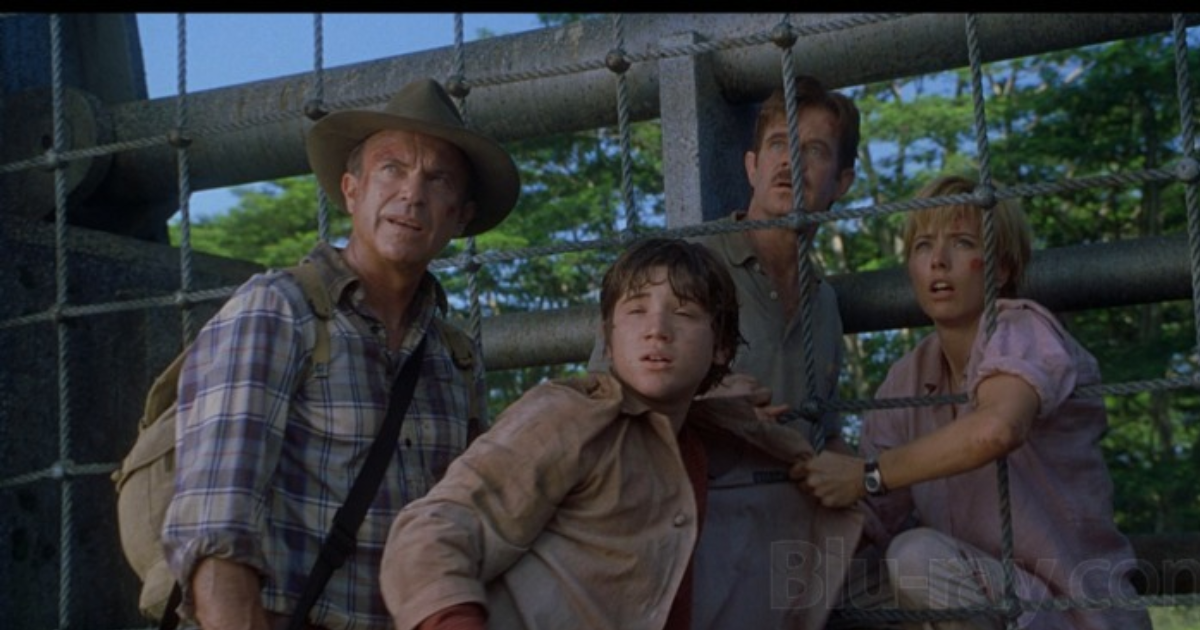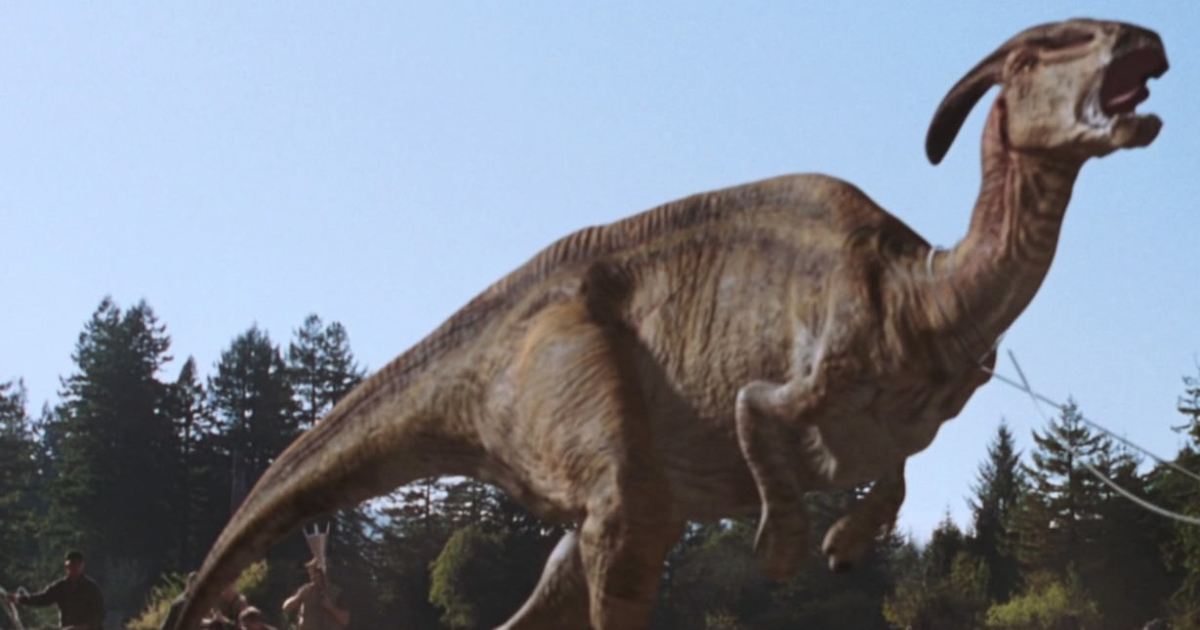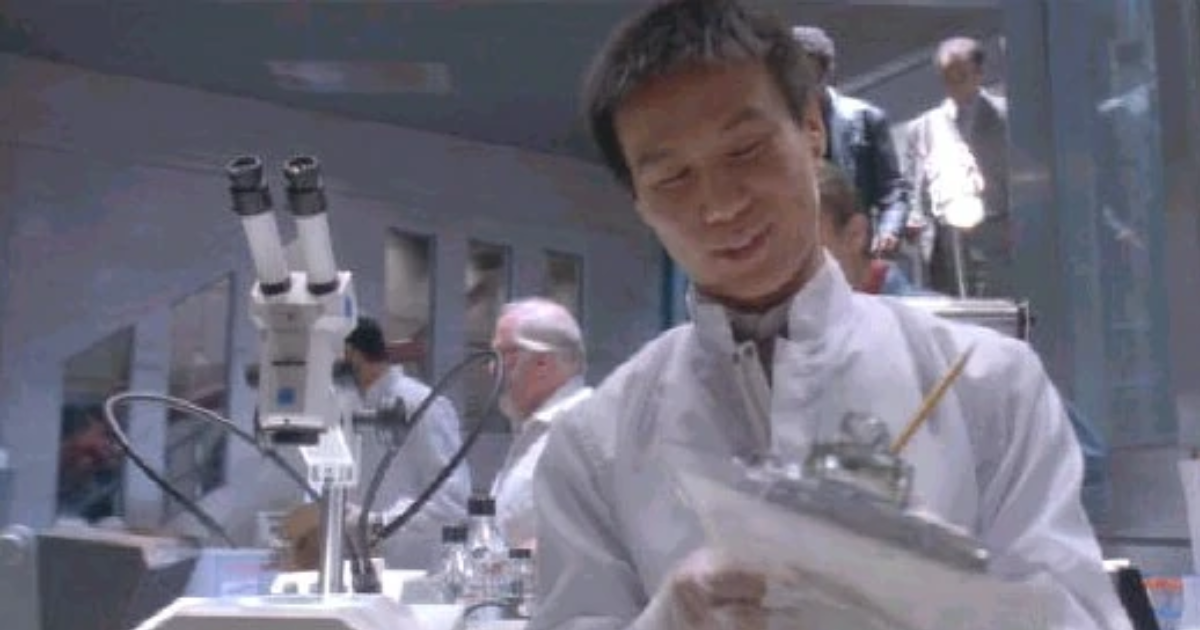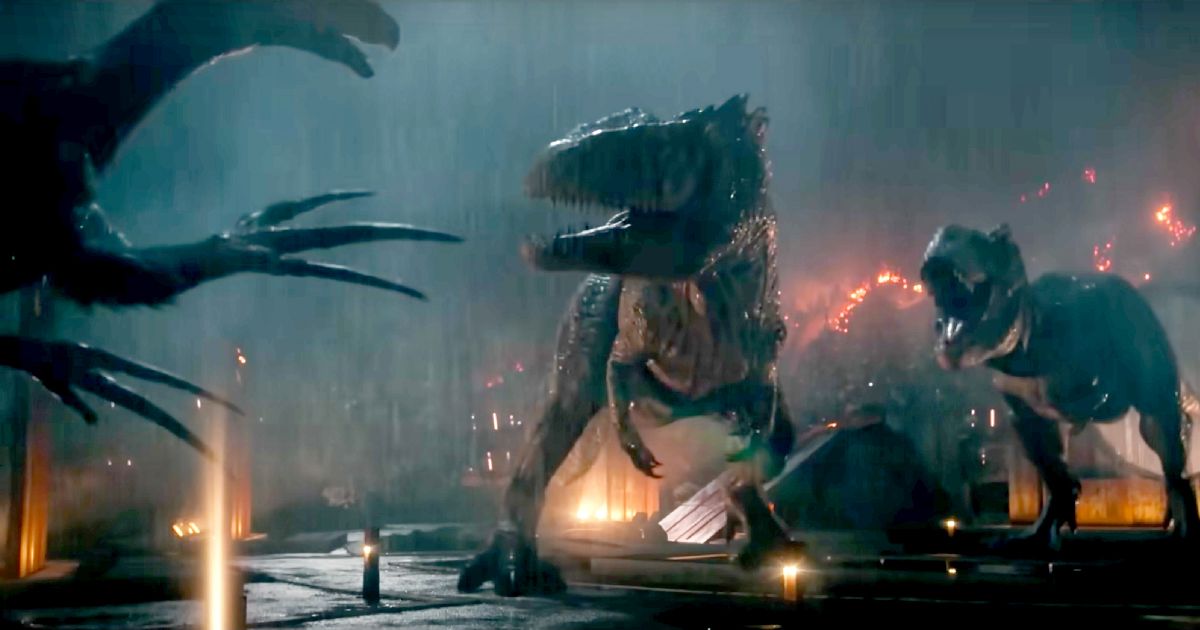The Jurassic Park movie franchise has captivated audiences for decades with its thrilling depiction of genetically engineered dinosaurs brought back to life in the modern era. While the movies are works of fiction, they are grounded in scientific concepts and ideas. However, like any science fiction story, there are both scientific accuracies and inaccuracies in the way the dinosaurs are portrayed and the science behind their creation.
On the one hand, the movies accurately depict many of the physical characteristics and behaviors of dinosaurs based on scientific evidence, such as the depiction of the T. rex as a powerful predator and the Stegosaurus with a spiked tail for defense. On the other hand, some of the concepts in the movies are exaggerated fiction for entertaining effect.
20 DNA Extraction
Jurassic Park's portrayal of extracting dinosaur DNA from mosquitoes preserved in amber is a fun and fantastical concept, but it strays far from reality. However, the idea of extracting and sequencing DNA from fossils is actually based on real science.
Scientists have successfully sequenced DNA from ancient animal bones and teeth, including mammoths and Neanderthals, and used that DNA to understand their genetic makeup and evolutionary history better. The process of extracting DNA from fossils is a difficult and delicate one, but advances in technology have made it increasingly possible. While the idea of recreating extinct dinosaurs from fossil DNA remains firmly in the realm of science fiction, the science of extracting and studying ancient DNA is a fascinating and important field with many real-world applications.
19 Genetic Engineering
The concept of genetic engineering, which is at the heart of Jurassic Park's dinosaur creation, is a real scientific principle that has been used in a variety of fields. While the idea of cloning extinct dinosaurs is thankfully pure fiction, the basic principles of genetic engineering are rooted in reality.
In the movies, the explanation of how the cloned dinosaurs are sterile to prevent them from breeding in the wild is also based on real science. Scientists have developed ways to make animals sterile through genetic manipulation or other techniques, and this has been used in conservation efforts to control populations of invasive species. Therefore, while Jurassic Park takes genetic engineering to a fantastical extreme, the underlying science is firmly based in reality.
18 Chaos Theory
Jurassic Park introduced the concept of chaos theory to a mass audience through Jeff Goldblum's character, Ian Malcolm. The theory explains how small changes in initial conditions can have large effects on the behavior of complex systems.
It's the notion that small, seemingly insignificant events can have profound and unpredictable effects on complex systems, such as the park's genetically-engineered dinosaur population. This theory has real-world applications in fields such as weather forecasting, stock market analysis, and even social dynamics. It highlights the limitations of our ability to predict and control complex systems, as even the slightest change can lead to vastly different outcomes. Chaos Theory serves as a reminder of the interconnectedness and unpredictability of the natural world, and the importance of humility in our attempts to manipulate it. This is very appropriate considering the whole point of the movie franchise of people bringing back the dinosaurs!
17 The Mosasaur
The Mosasaur is a giant marine reptile that was a real species that lived during the late Cretaceous period. These creatures truly were some of the most terrifying giants of the sea to have ever lived.
The Mosasaur featured in Jurassic World, the fourth film in the Jurassic Park franchise, and while not entirely scientifically accurate, its depiction did stem from scientific fact. In reality, the largest known Mosasaur species is estimated to have reached a length of up to 59 feet, which is significantly smaller than what is depicted in the movie, but still impressively large! The Mosasaur has become a popular part of the Jurassic Park franchise, and its inclusion in the films adds a new level of excitement for dinosaurs and marine life fans. While the Mosasaur may not be as well-known as some of the other dinosaurs in the franchise, its appearance in the movies helps to showcase the diversity of life that existed during the time of the dinosaurs.
16 Velociraptor Behavior
In the first Jurassic Park movie, the velociraptors are depicted as intelligent predators. While the movie's portrayal of the velociraptors may have been exaggerated for dramatic effect, it accurately depicts how these animals may have behaved in real life.
Recent fossil discoveries have revealed that velociraptors were actually much smaller than previously thought and were covered in feathers. However, their brains were relatively large for their body size, and they likely had keen senses and were capable of complex behaviors. While the movie versions may have taken on some creative liberties, the depiction of velociraptor behavior is grounded in scientific research.
15 Dilophosaurus
The Dilophosaurus, with its distinctive frilled neck and venomous spit, is a memorable part of the first Jurassic Park movie. While the idea of a venomous dinosaur is purely fictional, the frilled neck of the Dilophosaurus is based on real scientific evidence.
Fossilized specimens of Dilophosaurus have been found with bony crests on their skulls that may have supported a skin or keratinous frill. This feature likely served a display function, similar to the frills of modern-day lizards. The Dilophosaurus in the movie also has some inaccuracies, such as its small size and exaggerated and deadly behavior. Nevertheless, its appearance in the movie helped to popularize this lesser-known dinosaur and introduce it to a new generation of fans.
14 Dinosaur Communication
The depiction of dinosaur communication in Jurassic World, is an interesting example of how scientific understanding can help create highly engaging imaginative works. While there is no direct evidence that dinosaurs used echolocation to communicate, recent studies have shown that some bird species related to dinosaurs use a similar form of communication.
Therefore, it’s not too far-fetched an idea that certain dinosaur species may have also used echolocation. By incorporating this scientific understanding into the fictional world of Jurassic Park, a more realistic and immersive experience is created for viewers. In addition to this, it’s an interesting feature that sparks curiosity in the natural world. It’s a testament to the power of science and storytelling to inform and captivate audiences.
13 Feathered Dinosaurs
The depiction of feathered dinosaurs in Jurassic World represents an exciting and relatively recent development in the global understanding of prehistoric creatures. In the past, dinosaurs were typically depicted as scaly reptiles, but new scientific discoveries have revealed that many species were, in fact, covered in feathers.
Including feathered dinosaurs is a testament to the importance of keeping up with scientific advances and accurately portraying our understanding of the natural world in popular media. It is also an example of how science can capture the public imagination and generate interest and excitement in palaeontology. By depicting feathered dinosaurs, Jurassic World creates a more accurate portrayal of these creatures and highlights the dynamic and evolving nature of scientific knowledge.
12 The Depiction of the Brontosaurus
One of the most memorable scenes of the original Jurassic Park movie was the introduction of the Brontosaurus, portrayed as a towering herbivore peacefully grazing on foliage. The depiction of the Brontosaurus in Jurassic Park was based on scientific studies of its diet and behavior.
Palaeontologists have long recognized that this dinosaur was a herbivore, feeding on vegetation such as ferns and conifers. Additionally, fossil evidence suggests the Brontosaurus may have traveled in herds, providing further insight into its social behavior. The movie’s portrayal of the Brontosaurus as a gentle giant aligns with our current understanding of this dinosaur. Although Jurassic Park takes creative liberties with the science, it remains an entertaining and educational representation of prehistoric life.
11 The Portrayal of the Stegosaurus
The portrayal of the Stegosaurus in the original Jurassic Park movie was fairly accurate for its time, based on the available scientific knowledge. The Stegosaurus was depicted with the correct number of tail spikes and plates on its back and its distinctive posture, with the hind legs longer than the front ones.
Since the film's release, however, new research has shed further light on the anatomy and behavior of the Stegosaurus, leading to a better understanding of its characteristics. For instance, recent studies suggest that the plates may have been used for display purposes rather than defense, and that the tail may have been used as a weapon. While there were some inaccuracies in Jurassic Park's portrayal of the Stegosaurus, it was still a relatively faithful representation based on the scientific knowledge available at the time of the film's production.
10 Body Temperature Regulation of Dinosaurs
Of particular scientific interest in Jurassic Park is the explanation of thermal regulation in dinosaurs. They were actually able to regulate their own body temperature through a variety of mechanisms which is correctly depicted on film. The movie accurately portrays how dinosaurs were able to maintain a stable internal body temperature, or homeostasis, through a combination of behavioral and physiological adaptations.
For example, the movie highlights how large, herbivorous dinosaurs like the Brachiosaurus were able to dissipate excess body heat through their long necks and tails, which acted as radiators. Meanwhile, smaller, fast-moving dinosaurs like the Velociraptor were able to generate heat through their highly active metabolism, allowing them to maintain a higher body temperature than their surroundings. Overall, Jurassic Park's attention to detail in portraying dinosaur physiology is one of its strengths. By accurately representing the biological complexity of these ancient creatures, the movie brings them to life in an entertaining and educational way.
9 The Depiction of the T-Rex
Jurassic Park's depiction of the Tyrannosaurus Rex as a scavenger rather than a constant hunter is based on studies of its anatomy and behavior, which suggest that the dinosaur may have had a more varied diet than previously thought.
One of the main arguments for the T-Rex being a scavenger is its disproportionately small arms, which would have been of little use in catching prey. While the idea of the T-Rex as a scavenger is still somewhat controversial among paleontologists, it is an interesting and thought-provoking theory that challenges our assumptions about these prehistoric creatures. Ultimately, portraying the T-Rex as a scavenger in Jurassic Park adds depth and complexity to our understanding of this iconic dinosaur.
8 The Explanation of How Dinosaurs are Classified and Named Using Linnaean Taxonomy
Jurassic Park's explanation of how dinosaurs are classified and named using Linnaean taxonomy accurately reflects the standard practice in paleontology. In the movie, Dr. Grant explains how each species of dinosaur is assigned a unique scientific name based on its genus and species, similar to how living organisms are classified using Linnaean taxonomy.
Linnaean taxonomy is a hierarchical system that groups organisms based on their shared characteristics and evolutionary relationships. This system allows scientists to organize and compare large numbers of species, providing a framework for understanding the diversity of life on Earth. Jurassic Park's accurate portrayal of this system helps to educate and engage the public in the fascinating field of paleontology, while also highlighting the importance of accurate scientific classification.
7 The Idea That Dinosaurs May Have Had Sophisticated Social Hierarchies
Jurassic Park's idea that dinosaurs may have had sophisticated social hierarchies and communication systems based on evidence of complex brain structures is an intriguing theory that is supported by some scientific evidence. While we cannot know for sure what kind of social structures dinosaurs had, the size and complexity of their brains suggest that they may have been capable of more sophisticated behaviors than previously thought.
Jurassic Park's portrayal of dinosaurs as complex and socially sophisticated animals is an interesting speculation based on the available evidence. While there is still much to learn about these ancient creatures, it is clear that they were far more than mindless monsters.
6 The Theory of Convergent Evolution
Jurassic World continues the theme continues the theme of genetic engineering and the dangers of playing God with nature, but also introduces the concept of convergent evolution. This scientific theory is explained by the character Dr. Malcolm as a phenomenon where unrelated species can evolve similar traits in response to similar environmental pressures. The movie uses this concept to explain why the new genetically modified dinosaur, the Indominus Rex, is such a formidable predator.
While the movie takes creative liberties with the actual science, including convergent evolution adds a layer of scientific realism to the story. It also highlights the complexity and interconnectedness of the natural world and the potential consequences of manipulating it. Overall, Jurassic Park: The Lost World is a thrilling and thought-provoking addition to the Jurassic Park franchise, exploring both the wonders and dangers of science and technology.
5 Pack Hunting Behaviors
Jurassic Park III continues the theme of the dangers of genetic engineering and introduces new dinosaur species while also exploring the behavior of pack-hunting dinosaurs. The character Dr Grant discusses how these dinosaurs would work together to take down their prey, based on scientific studies of modern-day predator behavior.
This adds a layer of scientific realism to the movie and highlights how knowledge of modern-day animal behavior can inform our understanding of extinct species. The movie also explores the ethical implications of scientific research as Dr Grant grapples with the consequences of his past work. Jurassic Park III is an action-packed adventure that also raises important questions about science and technology and our responsibility to use them wisely.
4 Natural Selection
The concept of natural selection is a fundamental principle of evolution and is also a significant theme in the Jurassic Park movies. The movies discuss natural selection to explain the evolution of dinosaurs, which adds a scientific perspective to the story. Natural selection is the process by which certain traits are selected for or against based on their survival value. This has led to the evolution of a diverse array of species over millions of years.
The mention of natural selection in the Jurassic Park movies highlights the importance of scientific accuracy and adds a layer of scientific realism to the story. It also raises important questions about the ethics and consequences of genetic engineering as the movies explore the dangers of playing God with nature. The mention of natural selection in the Jurassic Park movies is an important scientific concept that adds depth and complexity to the story.
3 The Concept of Extinction
The concept of extinction is a central theme in the Jurassic Park movie franchise, as it explores the consequences of bringing extinct species back to life through genetic engineering. The movies draw on scientific knowledge of past mass extinctions, such as the one that wiped out the dinosaurs, to highlight the fragility of the natural world and the potential consequences of our actions.
The concept of extinction is also explored in the movies through the dangers of genetic engineering, as the creation of new dinosaur species could have devastating consequences for the ecosystem and potentially lead to a new mass extinction event. The inclusion of this scientific concept adds depth and complexity to the story, and highlights the importance of understanding and respecting the natural world.
2 The Use of Scientific Equipment
The Jurassic Park movie franchise features a range of scientific tools and technologies that are used by the characters to study and control the dinosaurs. Tranquilizer guns, computer simulations, and genetic engineering are just a few examples of the scientific tools that are utilized in the movies.
These tools add a layer of scientific realism to the story, and help to create a sense of plausibility around the idea of bringing extinct species back to life. The use of these tools also highlights the potential benefits and dangers of scientific research, as the characters must navigate the ethical and practical implications of their work. The inclusion of scientific tools in the Jurassic Park movie franchise adds to the sense of wonder and excitement that the movies evoke, while also reminding us of the potential consequences of scientific advancement.
1 The Impact of the Survival of Species in Relation to Environmental Changes
The Jurassic Park movie franchise depicts the impact of environmental changes, such as the effects of climate change, on the evolution and survival of species. The movies highlight how changes in the environment can lead to the extinction of certain species, and how others may adapt and evolve to survive. This theme is particularly evident in Jurassic World: Fallen Kingdom, where the dinosaurs face extinction due to an impending volcanic eruption.
This exploration of environmental impacts adds a layer of scientific realism to the story, and reminds us of the importance of protecting the natural world. It also raises important questions about our responsibility to mitigate the effects of climate change and preserve biodiversity. The exploration of the impact of environmental changes in the Jurassic Park helps to highlight important scientific and ethical issues.

